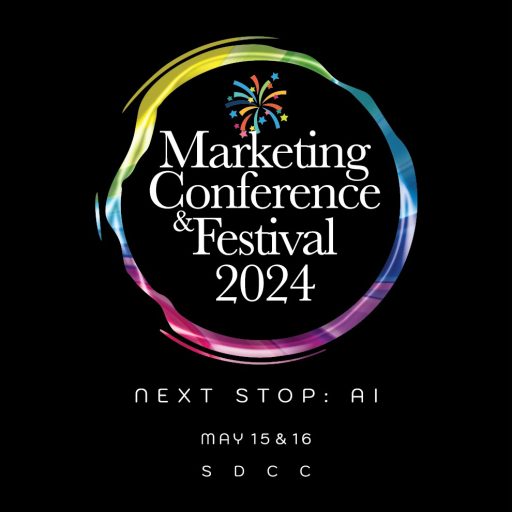
Unless you’ve been living in a hole for the past year, you’ve probably heard that Russia “hacked” the US elections.
Now, their involvement has been found to be much wider and than first thought, but let’s focus on on the $100,000 USD they spent on social media to influence voters and what we, as advertisers, can learn from it.
If you’re from ad land (which you probably are because you’re reading this) you’ll know that $100K is not a particularly large budget.
For context, the world’s largest advertiser, Procter & Gamble, recently made headlines for reducing its advertising expenditure by a whopping $140 million per year…which is only a fraction of their yearly $2.4 billion adex in the US. Coke, another big advertiser, spends over $3.5 billion globally.
So the question is, how did Russian spies – with only 0.004% the budget -manage to influence ‘American consumers’ more effectively than the top advertisers in the world?
In one word, they were provocative.

At first glance, the Russians ads had a bizarre aesthetic to them – like a basement-dwelling child. But don’t let appearances fool you, these were expertly engineered and targeted to precision with an intent to radically appeal to each segment.
If they had given a brief to an agency, it would have looked like this:
Dear agency,
Our objective is to undermine American democracy.
We are targeting advocates who self-identify as Democrat or Republican and are vocal about their respective causes.
We believe an effective strategy would be to reinforce their socio-political views by promoting memes on social media that seek to further polarise public opinion.
Yours truly,
Russia
Except it wasn’t an advertising agency who did this – it was a government agency.
In a truly fascinating report from Harvard’s Shorenstein Center about Information Disorder, co-author Claire Wardle summed up why these ads were so effective: “The [Russian ad-makers] understand social media better than a lot of advertising agencies.
“They understand that it needs to be authentic and needs to be humorous. Either that or it needs to be dark and make you angry,”

While humour is often used to build an affinity with customers, dark and angry advertising is in short supply, since the role of most brands is quite the opposite to that of an agent provocateur.
The insight here isn’t the specific same emotions that the Russian ads invoked, but rather that they evoked them so naturally.
Many times, an ad attempts to “influence” customers into changing a behaviour, which is a very difficult task.
The simple genius that the Russian ads tapped into was: to do more of what you’re already doing. And they did so by entering a conversation that their audience was already having and just nudged it just a little more to the fringe.
But without doing proper homework, this strategy can backfire.
Sometimes an ad attempts to force a conversation that isn’t happening in the first place.
For example, the #coalisamazing ‘movement’ was started by Australia’s Coal Miners Council in 2015 to promote the coal industry.
The louder conversation being had was of course a conversation against coal, and in the end environmentalists and the public alike used the hashtag it in mockery to further their own agenda.

In other ways, a brand can find themselves entering a conversation headfirst, without realising they may not have been invited.
Pepsi infamously did this with their Kendell Jenner “Live For Now Moments” ad, which ludicrously suggested that centuries of racial tensions and police brutality in the US could be easily solved with a can of viscous-brown liquid.

The risk of being called out is a scary risk for most brands, who haven’t established themselves as a platform for championing similar causes.
Unlike the Russians, brands can’t hide behind fake accounts or #fakenews and play both sides of an issue.
They have to pick a side, which means alienating a segment of their potential market. But done right, it can work wonderfully well.
One of my favourite examples of this has to be the “Get a Mac” campaign from Apple. By 2008, Apple had already established itself as a “cool” tech company, just as people were defining themselves more and more by the technology they owned.

Apple effectively entered the Mac vs. PC conversation that their audience was having, staunchly defending their core users, while (not so) subtly portraying PC users as boring.
To this day, this is a passionate and polarising conversation that techies and non-techies alike have on a daily basis. Linux vs. Windows, and Android vs. iPhone are arguments that happen daily. In fact, Google cheekily uses this tactic against Apple quite often.
When deploying this tactic, determining how nuanced you want to get is important in deploying the end messaging. For “Get a Mac”, Apple tackled the broader issue of Mac vs. PC, while the Russians effectively targeted smaller, values-based segments within their Democrat/Republican audiences.
If you are serious about employing the ‘Russian Provocateur’ strategy, there are really 3 core questions you need to ask yourself before embarking:
1. Who do I want to provoke?
2. What issues provoke them into a passionate conversation?
3. Can my brand jump into the conversation in an authentic way?
If you can’t answer these questions honestly, then it’s best you seek an alternative strategy.
Otherwise, you run the risk of turning your brand into one of those family members we all hate – the ones you’re forced to layan during family gatherings and who shower you with unwanted advice – hopefully you have a Pepsi!
This article was contributed by Chris Greenough – Co Founder & Partner of HYPERLAB.
MARKETING Magazine is not responsible for the content of external sites.
The Malaysian Marketing Conference & Festival 2024 at the Sime Darby Convention Centre is a TWO-day marketing event for all those in Marketing, Media, Advertising, PR, Digital, Data, and more….
The experience is on May 15 & 16, with Keynote Speakers, multiple tracks or Breakaway Sessions hosted by our booth partners who will show you the latest in the industry.










